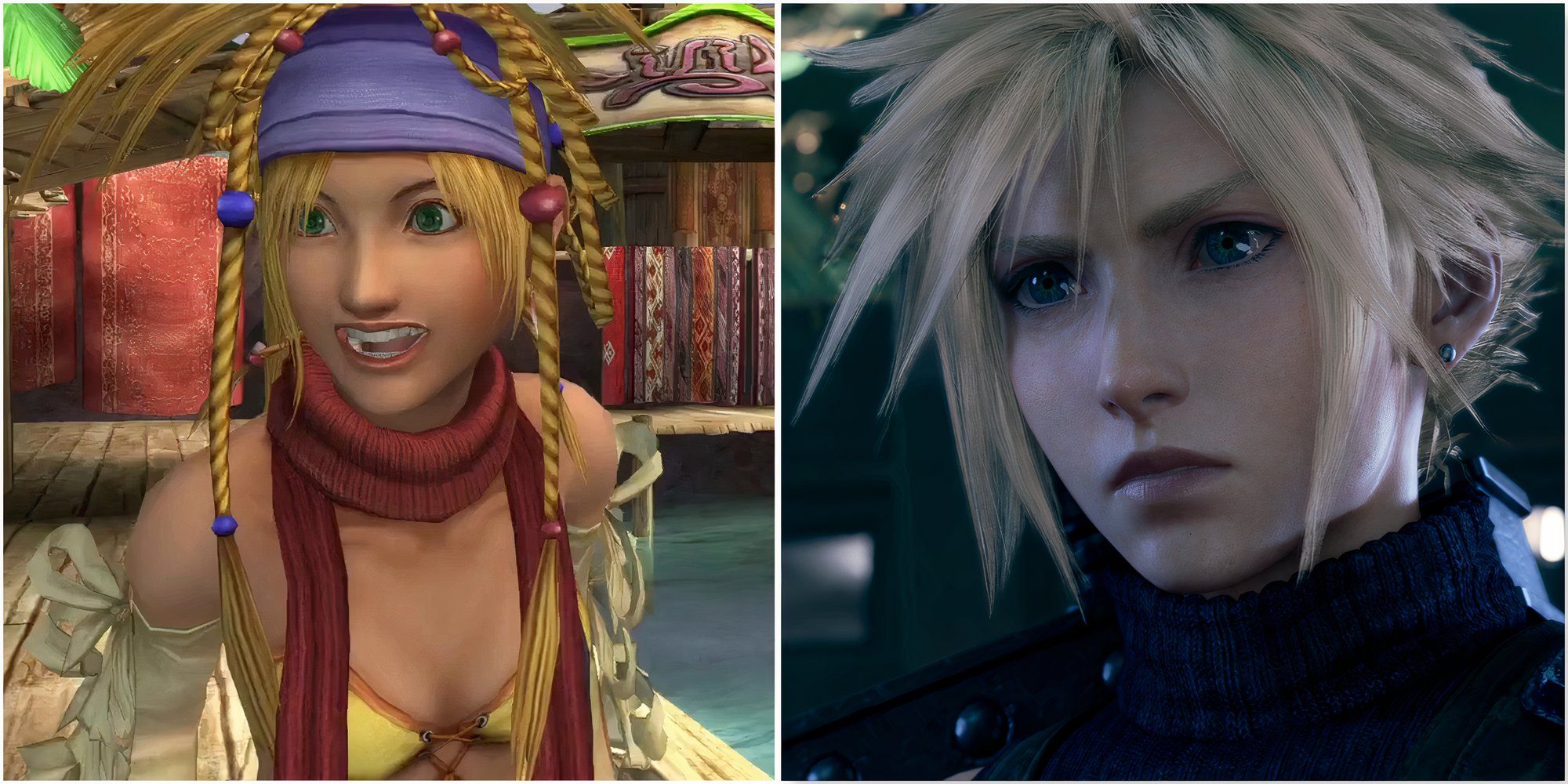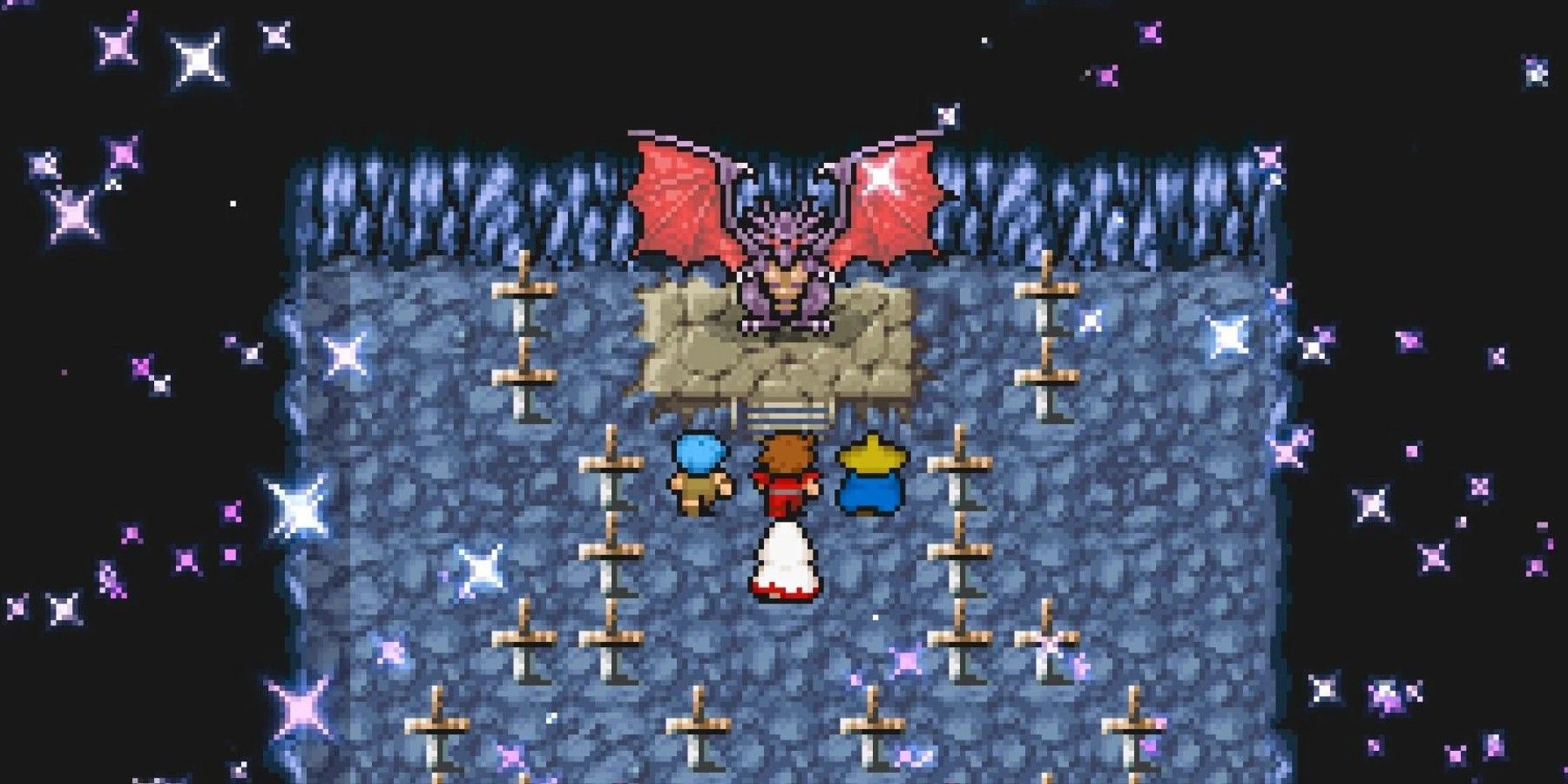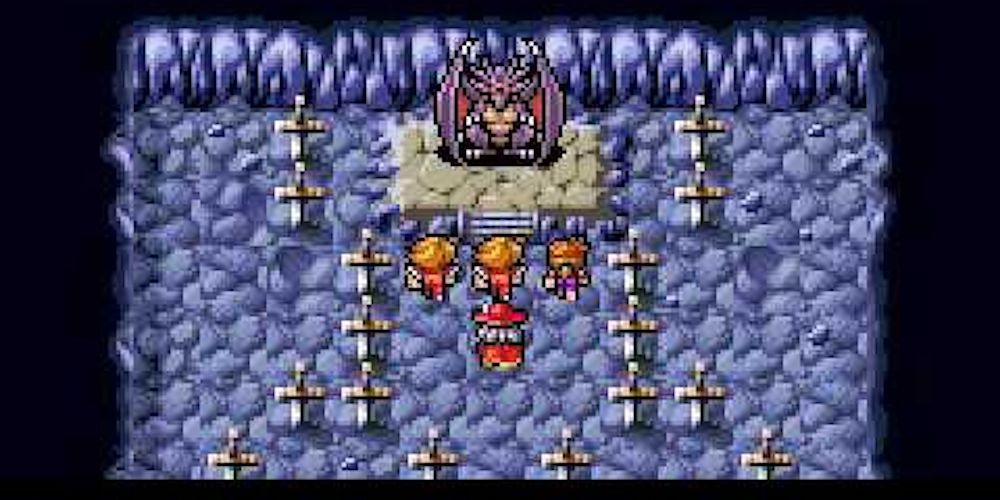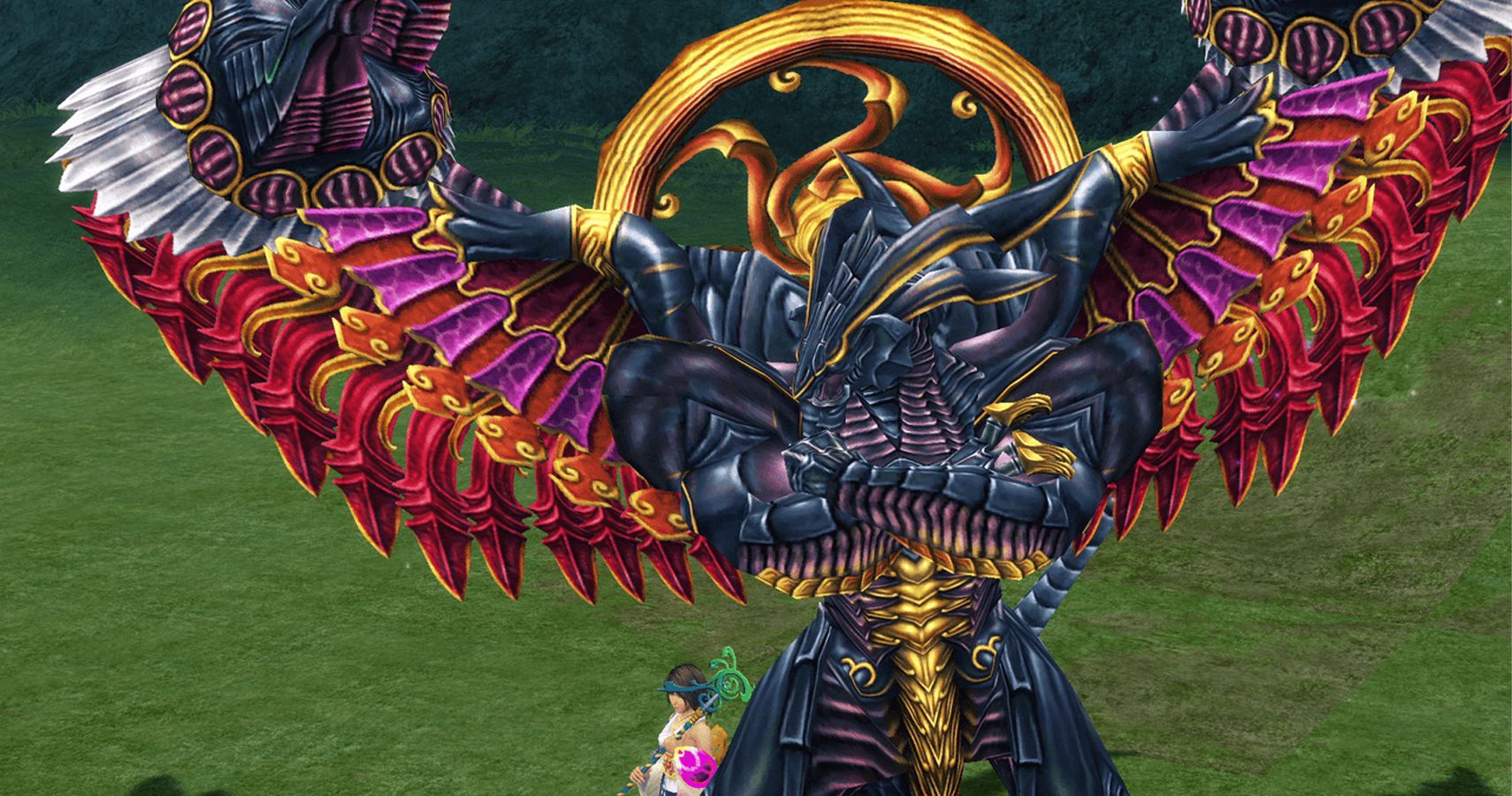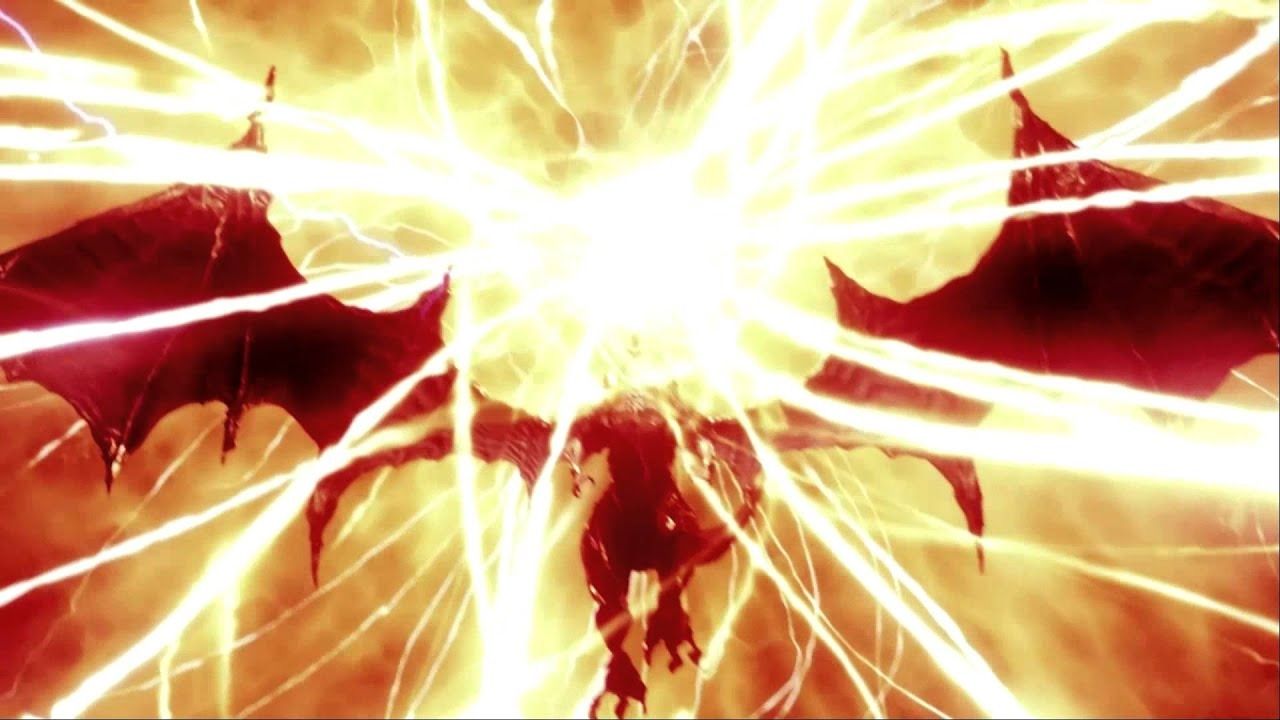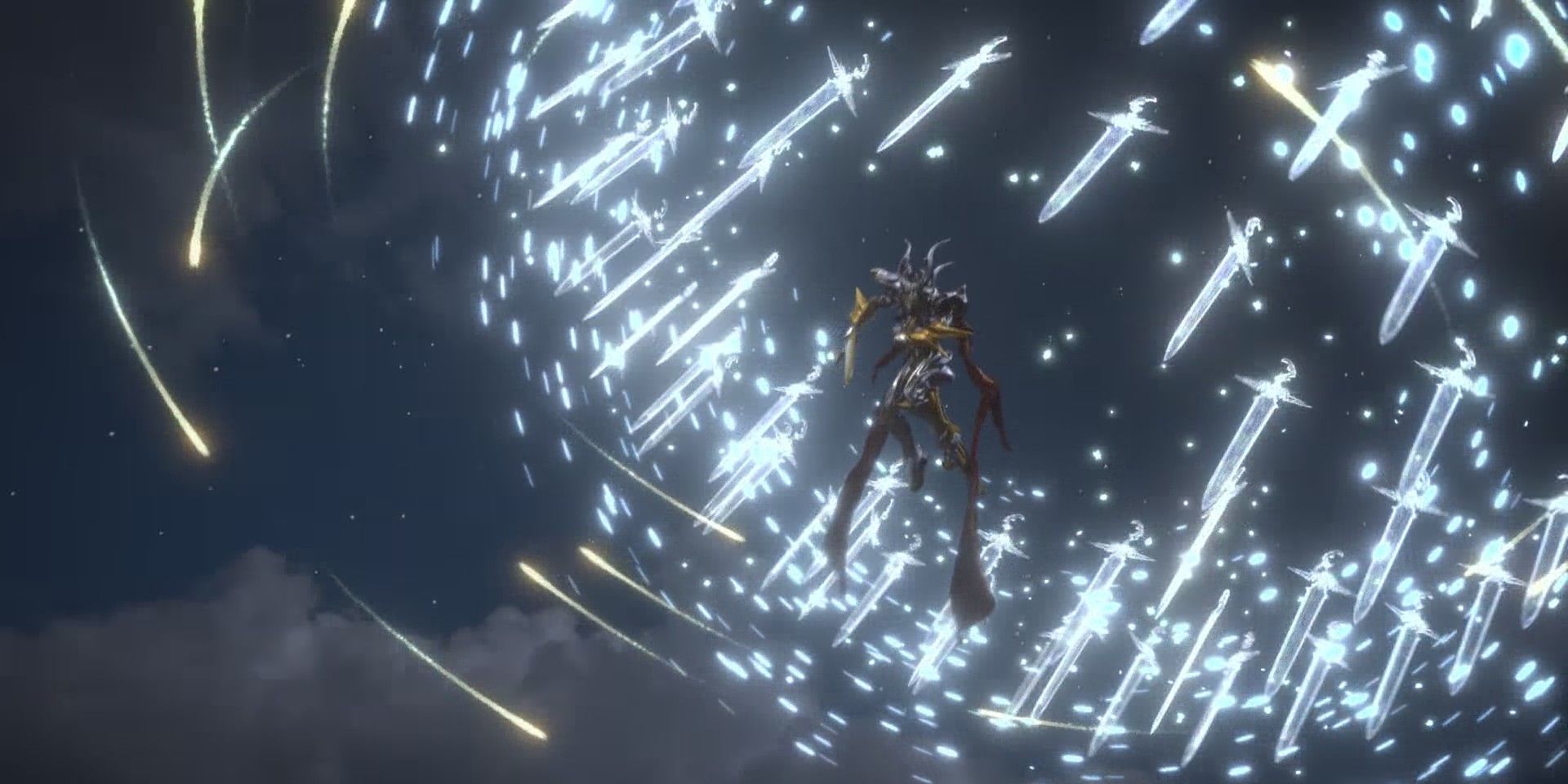One of Final Fantasy’s most extravagant elements is its summons. Introduced in Final Fantasy 3, these summons have stuck with the series, becoming more visually complex over time. They serve as major magical power boosts and often take a lot of resources. The stable of summons has stayed fairly consistent over the years, with a recurring group showing up in almost every game. Ifrit, Shiva, and Ramuh, among others, are almost always around to help heroes through tough battles. An ever-present part of waiting for a new Final Fantasy game is imagining how this roster of mythical creatures and deities will be rendered in the new game’s style.
One of the prominent regular summons is the mighty dragon Bahamut. This massive creature is the source of one of the series’ strongest non-elemental spells, Megaflare, which he unleashes on foes with deadly impunity. He has been in almost every Final Fantasy game, and usually features prominently, being gained after some sort of test or climactic moment in the story. His role has changed over the years however, as different Final Fantasy games take different approaches to how summons factor into their worlds.
Bahamut in Final Fantasy 1
One of Bahamut's most unusual appearances is his first in the original Final Fantasy, which was made before summons became a mechanic. Bahamut instead shows up as one of the most important NPC quest givers in the game. By fetching a Rat's Tail from the Citadel of Trials, players could have this dragon bestow their upgraded job forms. This appearance of Bahamut is based primarily on the Dungeons & Dragons’ interpretation, in which he was the god of good dragons. This is roughly equivalent to his typical role in FF as the Dragon King, once again demonstrating how much Final Fantasy owes its legacy to D&D.
Bahamut’s Typical Role in Final Fantasy
From Final Fantasy 3 through 13, Bahamut was mostly relegated to being another summon, though often set apart as a particularly powerful member of the group. Bahamut was rarely characterized, but when he was he was often as a noble warrior king who rewarded the worthy with power. Any battles against him were often fought with the impending Megaflare in mind, especially when some of his alternate selves like Dark Bahamut were around. Some of these variations could also be summoned, with Final Fantasy 7 players likely remembering Bahamut ZERO. Despite Bahamut's prominence in the summoning mechanic, it took a long time for him to gain a central role in a mainline story.
Bahamut in Final Fantasy 14
Even in the original rebooted FF14, Bahamut was a notable presence, serving as a Primal of apocalyptically destructive power. Bahamut's assault on Eorzea is one of the main reasons why Final Fantasy 14: A Realm Reborn got its subtitle. Indeed, Bahamut was such a threat to the world that it became the focus of the ARR's first major raid. Final Fantasy 14 mostly featured the summon-inspired Primals as antagonists, but eventually the Summoner class did gain access to Demi-Bahamut as one of its summons.
Bahamut in Final Fantasy 15
Final Fantasy 15 is the dragon's latest appearance, and it once again shows modern Final Fantasy's commitment to involving summons in its plotlines. Bahamut serves as a sort of top-god in Final Fantasy 15’s pantheon, guiding Noctis through parts of his journey. However, as the DLC and Final Fantasy 15 -The Dawn of the Future- reveal, he was less charitable toward humanity than he presented. Bahamut is the final boss of Final Fantasy 15’s multiplayer Brotherhood expansion, and was later added as an exclusive bonus boss in the Google Stadia port. With Final Fantasy 16 promising to change up the role of summons once more, players should either fight against or alongside Bahamut again. It will be interesting to see how the upcoming Final Fantasy game approaches its mighty Dragon King.



